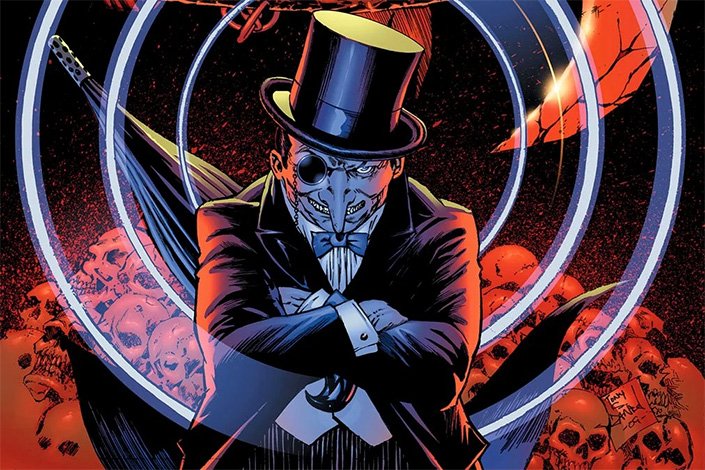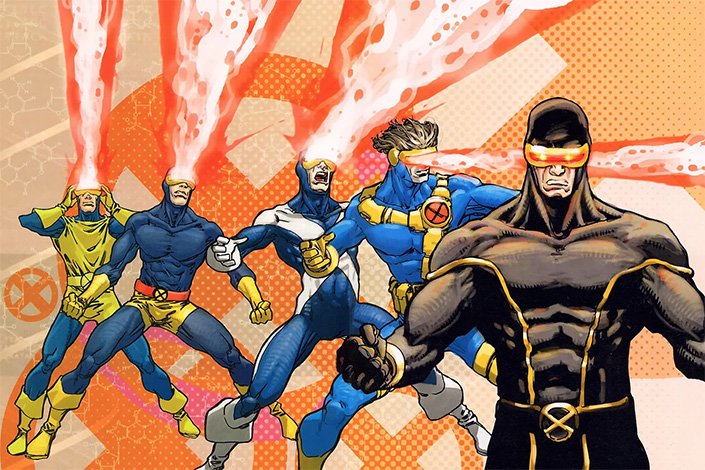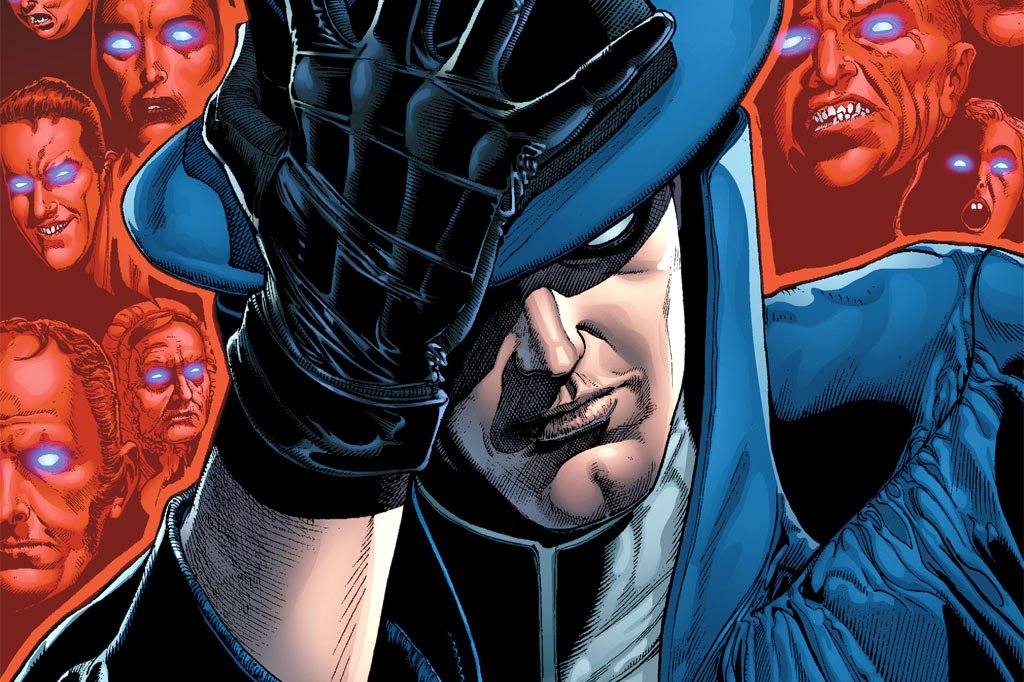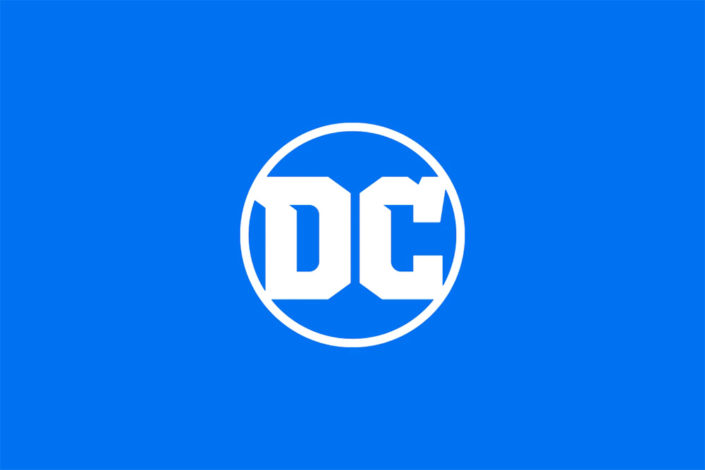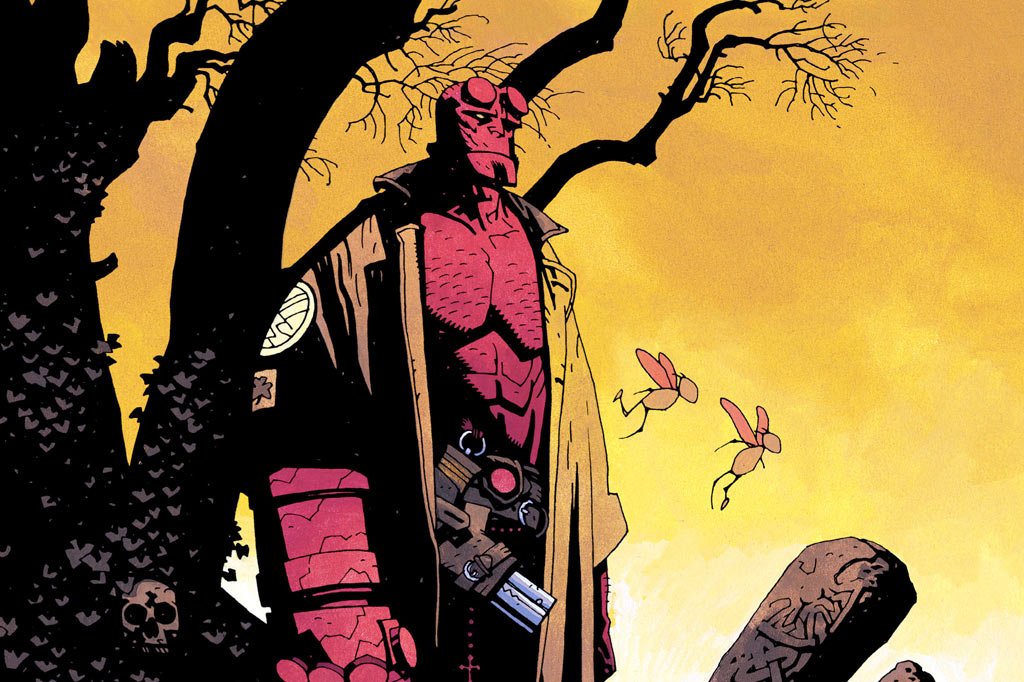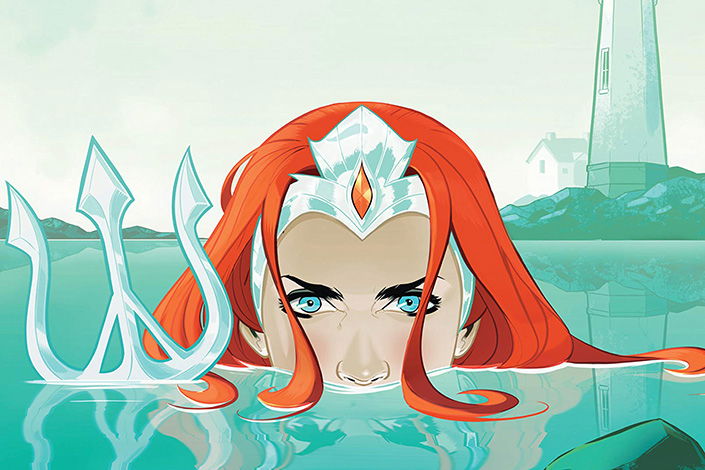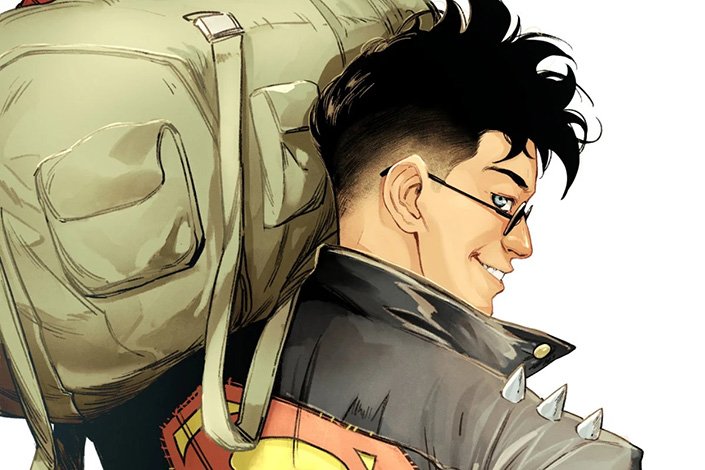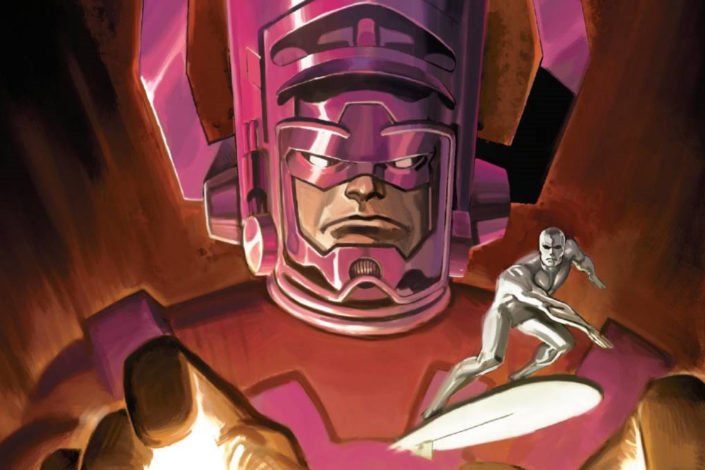Who is The Penguin? The Origin Story of Oswald Cobblepot
The Penguin has long been a fixture in Batman’s rogues gallery. With villains like The Joker, he is undoubtedly one of the most recognizable among the public, thanks to some iconic appearances on television and in movies.
The Penguin thrived as a more traditional villain during the Golden Age and Silver Age of comics. His criminal exploits often revolved around stealing precious items, frequently with bird-related themes. Unlike many of Gotham’s criminals, The Penguin is depicted as sane, relying on his intellect and persona to set himself apart and achieve his ambitions.
The Penguin’s popularity soared to new heights with the 1960s Batman television series, where Burgess Meredith memorably portrayed him. This iconic depiction influenced future iterations of the character, infusing the Penguin with more explicit bird-like features and distinctive personality quirks. Behind the appearance and the campiness hides a criminal mastermind and one of the more obscure villains in the Batman comics.
Read More »Who is The Penguin? The Origin Story of Oswald Cobblepot
